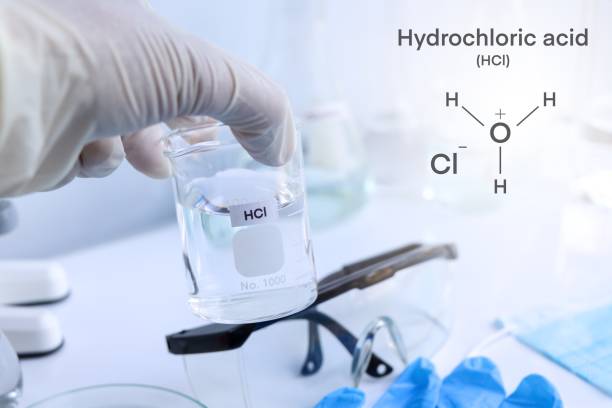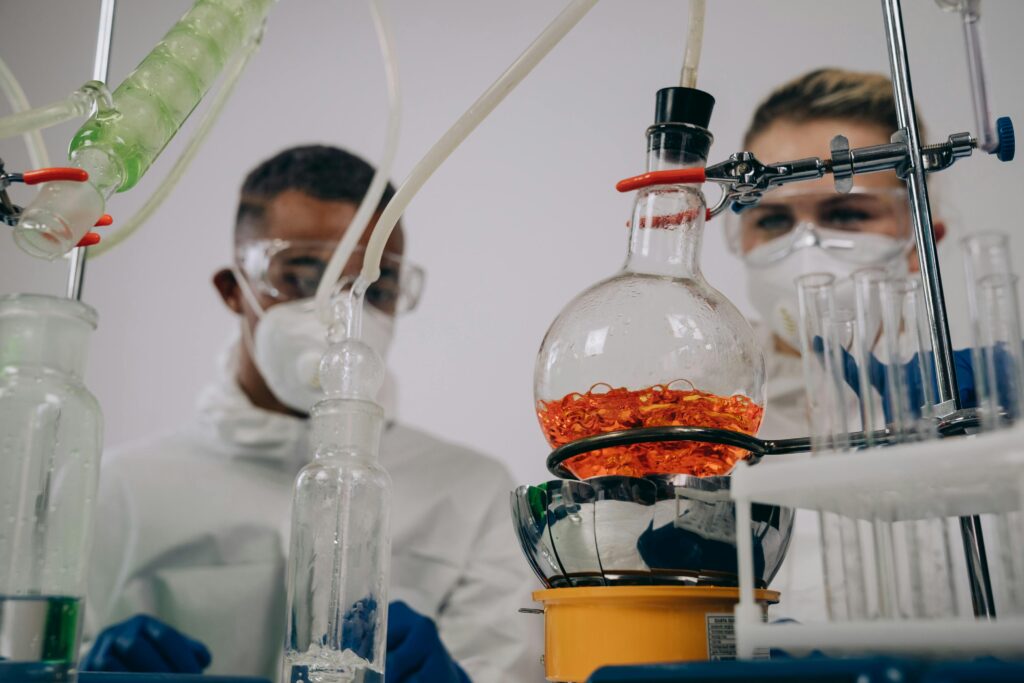
Do you have an idea about chemistry & some of its formulas, like this one, hcooch ch2 h2o? In this world, there are more formulas, but I explained some in this post. Chemists & students also experience chemical terms such as hcooch ch2 h2o during their investigation of responses involving esters, alcohols, and water. It serves as a gateway into a more in-depth understanding of how molecules interact, mix, and form completely new meanings. This easy note encapsulates the idea of ester hydrolysis, a critical response type that shows the fundamentals of both organic chemistry & biochemistry.
One intriguing example is when HCOOH (formic acid) responds with CH₂ (methylene) & H₂O (water). This mixture isn’t just book theory—it shows up in enterprises, biology, and environmental systems. Comprehending how this response works helps scholars, researchers, and interested minds see chemistry in motion. It’s not magic—it’s science that shapes real-world operations.

In this post, we’ll walk you through everything you need to know in simple language. Let’s break it down stage by stage.
What is hcooch ch2 h2o & Why It Matters
The formula hcooch ch2 h2o refers to a chemical mixture involving formic acid, methylene, & water. HCOOH is a simple carboxylic acid, CH₂ is a reactive group, and H₂O is, of course, water. These three interact in many chemical environments, including fuel cells, organic responses, and the heart. Understanding this reaction can help us learn about energy cycles, chemical changes, and how materials are processed. It’s also part of environmental chemistry, helping us know how substances break down or change in water. This knowledge is useful in labs, industries, and even household products.
Here are some tips:
- Understands key chemistry involving formic acid
- Shows how water plays a role in reactions
- Links simple molecules to bigger systems
- Helps explain chemical processes in nature
- Useful in real-world applications like cleaning & energy
Is hcooch ch2 h2o a Real Chemical Equation?

The expression hcooch ch2 h2o is not a fully balanced chemical equation. Instead, it serves as a shorthand notation referring to the hydrolysis of methyl formate (HCOOCH₃) in the presence of water (H₂O), sometimes with a methylene (CH₂) group noted as part of the system or environment.
Functional Applications of Ester Hydrolysis
While the term hcooch ch2 h2o may seem academic, its senses are highly beneficial. Ester hydrolysis recreates a critical role in different industrial operations, including the display of fragrances, pharmaceuticals, and food seasonings. Methyl formate, for instance, is not only used in lab investigations but also serves as a blowing agent in manufacturing foam insulation and as an intermediate in synthesizing other chemical mixtures.
Industrial Production & Green Chemistry
Commercially, methyl formate is produced via methanol carbonylation with CO & sodium methoxide at BASF’s large facilities—a process in use since 1925. When hydrogen is produced from renewable sources, this route becomes ‘green’—turning CO₂ into methyl formate, then hydrolyzing it back to formic acid with minimal emissions.
The Chemical Process Behind the Reaction

When formic acid (HCOOH) comes into contact with methylene (CH₂) & water (H₂O), a reaction can happen depending on the circumstances. These responses might affect oxidation, acquisition, or corruption.
For example, formic acid can break down into carbon dioxide & hydrogen when heated or mixed with triggers. If CH₂ acts as a carbene (a highly reactive molecule), it may respond rapidly with HCOOH or form new adhesives with water. This mix is investigated for its role in making fuels, breaking down contaminants, or producing bio-based chemicals. It’s not simply a formula—it’s part of how we comprehend change at the molecular level.
Understanding the Chemistry
- Involves basic but powerful chemical elements
- May include oxidation or bond formation
- CH₂ can be a reactive species (carbene)
- HCOOH may release gases under heat or catalysis
- Studied energy, fuel, and eco-friendly reactions
Real-World Uses of hcooch ch2 h2o
The combination of hcooch ch2 h2o appears in more places than you might think. In green energy, formic acid is used in fuel cells because it releases hydrogen gas. Water helps this reaction take place. In environmental science, this reaction can help break down waste or clean pollutants. Some industries also use this mix to make plastic precursors, synthetic fabrics, or cleaning agents. Methylene bridges (related to CH₂) help build large molecules. Even in agriculture, understanding this chemistry can improve fertilizer breakdown or pest control. The practical value of this mix makes it an important topic to learn about.
Tips for Where the Reaction is Used:
- Fuel cells (hydrogen production)
- Industrial cleaning & manufacturing
- Environmental cleanup & waste breakdown
- Synthetic material & plastic production
- Chemical engineering & agriculture
Key Concepts of hcooch ch2 h2o
At its heart, it represents the cooperative behavior of three chemical entities:
- HCOOH (Formic Acid): A simple carboxylic acid often used as a reducing agent or acid catalyst.
- CH₂ (Methylene Unit): A reactive, two-electron fragment that links organic scaffolds or serves as an intermediate in polymerization.
- H₂O (Water): The ubiquitous solvent, which facilitates proton transfers, hydration, and hydrolysis.
Together, these parts form the basis for numerous organic syntheses, redox processes, and even emerging fuel-cell technologies. Understanding their roles helps demystify the larger behavior of systems.
Comparing Molecular Structures: Formic Acid vs. Related Compounds
| Compound | Formula | Molar Mass (g/mol) | Key Bond |
| Formic Acid | HCOOH | 46.03 | –COOH |
| Acetic Acid | CH₃COOH | 60.05 | –COCH₃ |
| Formaldehyde | CH₂O | 30.03 | C=O |
| Water | H₂O | 18.02 | O–H |
Safety and Handling of hcooch ch2 h2o

Working with chemicals like hcooch ch2 h2o means safety should come first. Formic acid is corrosive and can irritate skin or eyes. CH₂ in reactive forms like methylene gas or carbene is unstable and can be dangerous without proper controls. Water may seem harmless, but in reactions it can release heat or steam, which poses risks. Always wear gloves, goggles, and use a fume hood when handling these substances. Safe storage, correct labeling, and waste disposal are essential. Whether in a lab or industrial setting, respecting these substances helps prevent harm & ensures smooth operation.
Key Properties and Applications:
- Solvent: Its excellent solvent properties allow it to dissolve a wide range of substances, making it crucial in the production of paints, varnishes, lacquers, and adhesives. It’s also commonly used in the extraction of oils & fats.
- Flavoring Agent: The pleasant fruity aroma of ethyl acetate contributes to its use as a flavoring agent in foods & beverages, particularly in artificial fruit flavors.
- Intermediate in Chemical Synthesis: Ethyl acetate serves as a crucial intermediate in the synthesis of numerous chemicals, including pharmaceuticals and other organic compounds.
Acid vs Base-Catalyzed Mechanisms

Acid-catalyzed: Protonation of the ester leads to a tetrahedral intermediate, which reorganizes to yield formic acid & methanol—this is reversible, typical of equilibrium hydrolysis. Base-catalyzed (saponification): Hydroxide attacks the ester & irreversibly produces methanol and formate salt, avoiding reformation of the ester.
What Makes hcooch ch2 h2o Unique in Chemistry
The mix of hcooch ch2 h2o shows a special kind of chemistry. Each part plays a role: HCOOH acts as an acid & hydrogen donor, CH₂ brings high reactivity, and H₂O enables reaction mobility. Together, they demonstrate how simple elements lead to complex outcomes. This trio is a teaching tool in schools and a working process in science labs. From powering devices to removing pollution, this small combo reflects the big picture of chemistry. Understanding its behavior helps us see how even basic molecules can power progress & innovation.
Tips for What Makes It Special:
- Combines acid, a reactive group, and a solvent
- Found in multiple science disciplines
- Used in real energy systems
- Important in pollution control
- Great for chemistry education & training
Conclusion: Simplicity That Powers Complex Chemistry
In the world of chemistry, big discoveries often start with small formulas. The combination of hcooch ch2 h2o is one such example. It may look simple, but it plays a role in clean energy, chemical processes, and environmental solutions. When broken down into easy ideas, this reaction becomes a doorway into deeper science. Understanding how these molecules interact not only helps in school or the lab—it gives us tools to solve real problems. So next time you hear a chemical formula, remember: it might be part of a much bigger solution.
You should connect with TechFuture if you want more related articles in the future.
Here are some more tips:
- Learn the role of formic acid (HCOOH)
- Understand CH₂ as a reactive group
- Recognize water’s role in reactions
- See how the mix is used in daily life
- Remember, chemistry can be simple & powerful
FAQs – About HCOOH CH₂ H₂O
Q1. What is HCOOH CH₂ H₂O exactly?
It’s a combination of formic acid (HCOOH), methylene (CH₂), and water (H₂O), often found in chemical reactions related to fuel, industry, & nature.
Q2. Is this combination dangerous to use?
Yes, it can be if not handled properly. Formic acid is corrosive, and CH₂ can be reactive. Always follow safety guidelines.
Q3. Where is this used in real life?
It’s used in fuel cells, pollution cleanup, plastic production, and sometimes in farming.
Q4. Why is CH₂ important in chemistry?
CH₂ can act as a carbene, which is very reactive & helpful in forming new chemical bonds.
Q5. What’s the most interesting thing about this formula?
It shows how simple elements can join to create energy, help the environment, and support manufacturing—all through basic chemistry.








1 thought on “A Complete Guide About hcooch ch2 h2o & Its All Information (Inn 2025)”